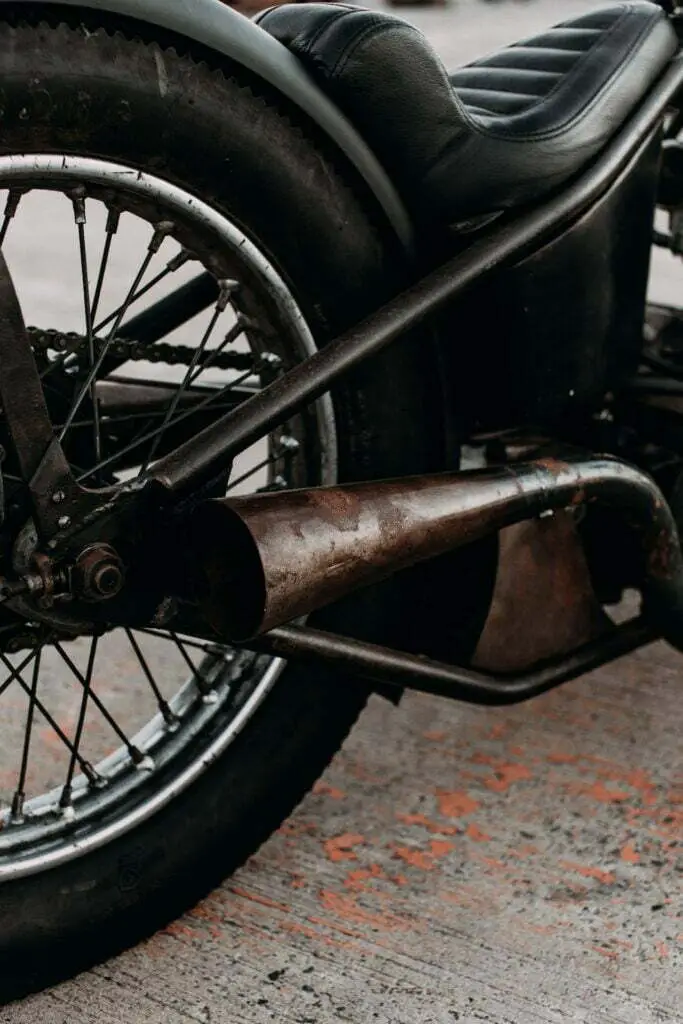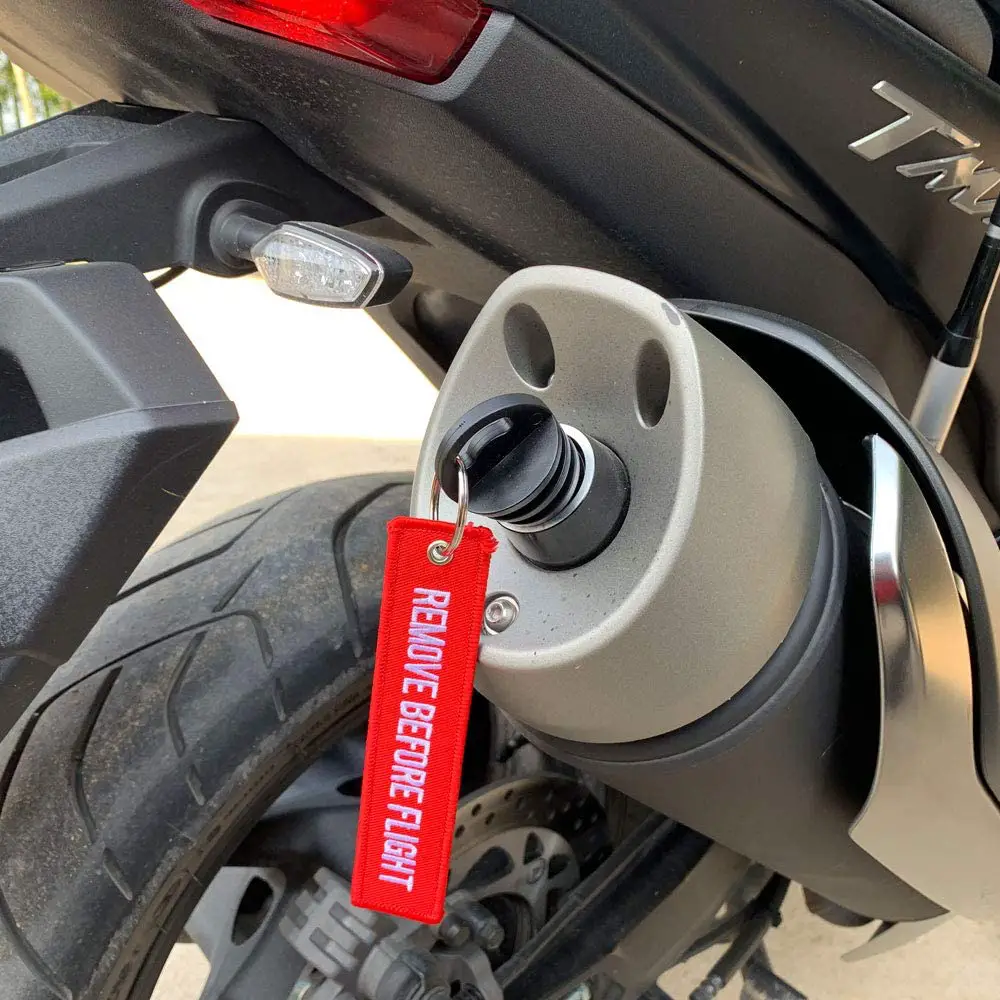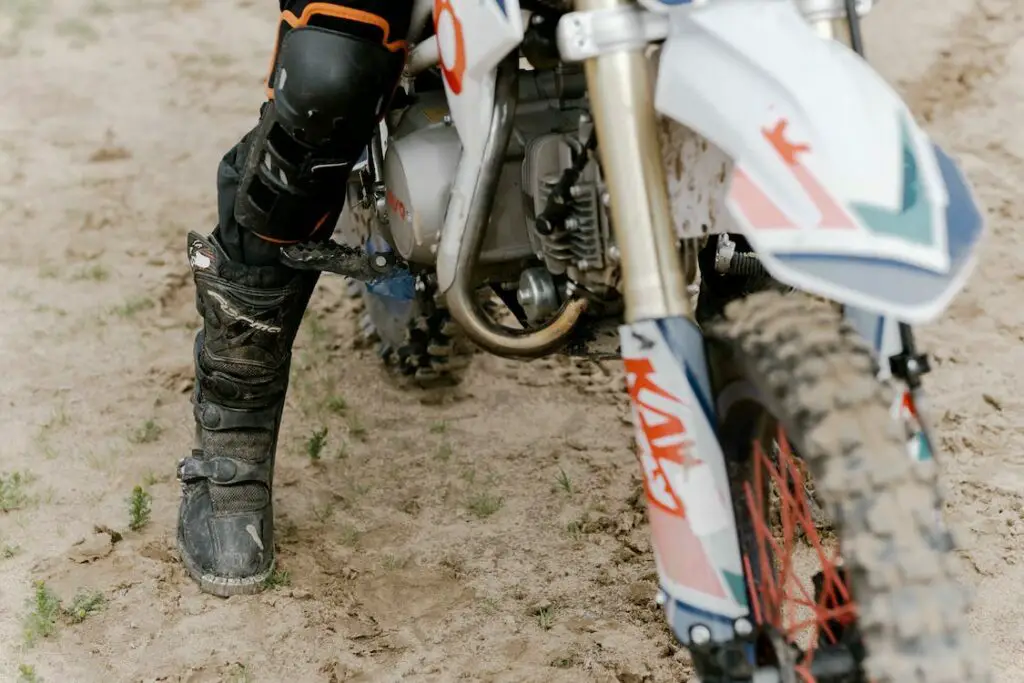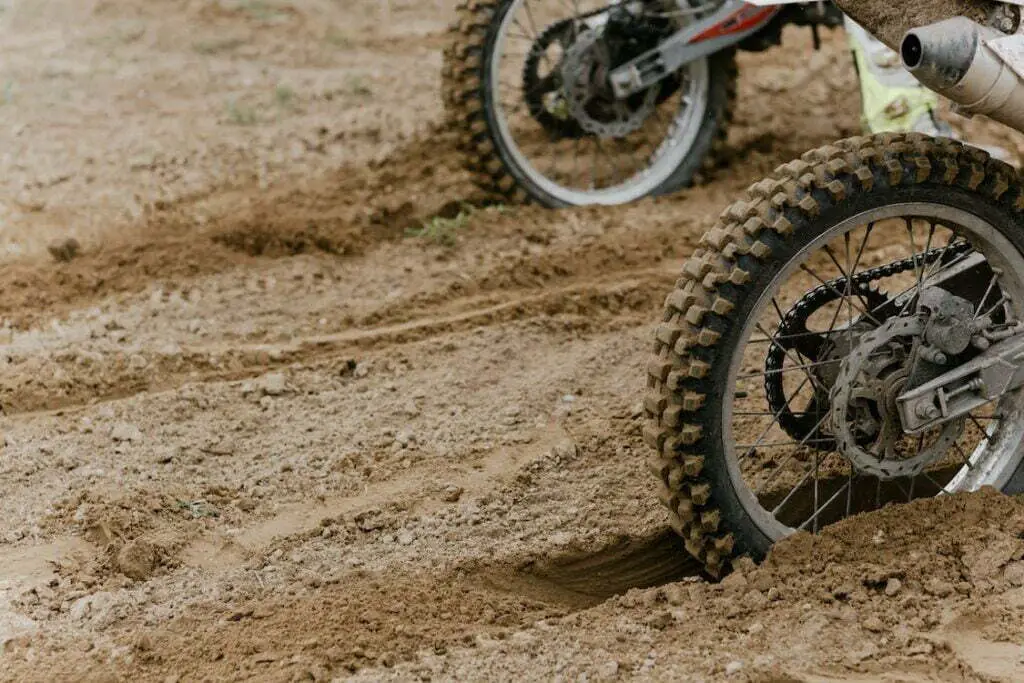When I first got my bike I was really worried that bad weather might ruin the pristine condition of my new ride.
I was wondering if rain will hurt my motorcycle so I did plenty of research and in this article I will share my answers and personal experience on this topic.
Rain can harm a motorcycle’s components and paint if not protected. Water can cause corrosion in electrical parts and wear and tear on the body. To prevent damage, thoroughly dry your bike, park indoors, use bike cover, and regularly maintain. Maintaining the bike reduces risk of rain damage.
How does rain affect the motorcycle
Riding your motorcycle in the rain isn’t the most ideal situation, however it can be done safely by staying alert and keeping an eye on your speed, especially when turning.
As for your bike, the falling rain itself will not damage your motorcycle, however the remaining water left on it causes corrosion and rust.
Manufacturers make sure that wiring, electrical components and other parts vulnerable to water are sealed off and kept dry, however you can’t prevent 100% of water drops from coming through.
Therefore, you need to make sure to keep your bike dry after riding in the rain and follow a few simple steps to keep it in good shape.
We will talk more about prevention in the last section, so let’s take a closer look at what kind of damage the water can actually cause.
What kind of damage can rain cause

If you’re regularly riding in the rain, your motorcycle is naturally at risk of some water damage.
The humidity and water from rain can rust metal and eventually (will take a long time though) destroy the bike’s sensitive parts like electrical components.
Although riding in the rain won’t immediately damage your motorcycle, long-term exposure to water will lead to corrosion and rust, both of which are incredibly bad for the motorcycle.
While surface rust simply looks bad, the corrosion of electrical components can cause serious malfunctions in your bike.
Some components that are most vulnerable to damage from rain include:
- Electrical connections
- Wheel rims
- Frame
- Exhaust tips
- Shocks and springs
- Fenders
- Handlebars
Long-term concerns with riding in the rain
The long-term effects of water exposure on a motorcycle can be significant.
Over time, water can cause corrosion in the electrical components, leading to malfunctions and potentially costly repairs, as we mentioned before.
Water can also cause rust to form on metal parts, leading to further deterioration and, if left long enough, can affect the structural integrity of the motorcycle.
Moisture can penetrate even slightly cracked paint, causing damage underneath it and reducing the overall value of the motorcycle.
Regular maintenance and protection from the elements can help prevent these issues and ensure a longer lifespan for your motorcycle.
In the next section I will go over a few simple steps on how to protect your precious ride from the nasty effects of the rain.
How to protect your motorcycle from the rain
To ensure that your motorcycle is protected from any long-term damage caused by riding in the rain, make sure to regularly check for signs of rust or corrosion and follow these steps:
Keep indoors
To protect your motorcycle from the rain, the best thing you can do is keep it indoors. Park the motorcycle in a covered or sheltered area, such as a garage or under a canopy.
Use motorcycle cover
If storing indoors is not possible for whatever reason, use a waterproof motorcycle cover to keep the bike dry during extended periods of outdoor storage.
Clean and maintain
Keep the motorcycle maintained and clean to prevent rust and corrosion by oiling all cables and levers regularly, and using a light oil spray on the throttle. Additionally, keep the chain lubricated and consider applying protective wax on vulnerable surfaces after washing your motorcycle.
Add water protection
Consider adding additional weather protection, such as mud flaps or fender extenders, to prevent water from splashing onto the bike. Afterall, prevention is the best action.
Taking these steps will help keep your bike safe from water damage and ensure that it continues running smoothly for many years to come.
Use exhaust plug
If water gets into your bike’s exhaust pipe it can cause inner rust and, if enough water has come in, it can make the engine misfire or stall.
To prevent moisture from entering your bike’s exhaust in any significant quantities you can opt for an exhaust plug.
They are inexpensive, easy to get and might save you a pricey trip to the mechanic.

A note on salt water
Salt water can be particularly damaging to motorcycles, as the salt can cause corrosion and rust to form on metal parts more quickly than with fresh water.
This can lead to a range of issues, including reduced performance, leaks, and potential mechanical failures.
If you live near the coastline it makes sense to rinse your bike after use to minimize the contact of metal parts with salt water.
This should include not only the visible parts of the bike, but also the parts that are hidden from view, such as the frame, suspension components, and wheels.
After rinsing, it’s a good idea to apply a rust inhibitor to help prevent further corrosion.
Wrapping up
Keeping your ride in awesome condition does not only feel great but it is an important safety aspect as well.
Since water can cause damage to your motorcycle, like rust and corrosion, keeping it dry after use will save you money in the long run.
The best ways to care for your bike after being in the rain include parking it indoors, using a bike cover, drying it after cleaning and adding water protection.
If you live near a sea on the ocean, more frequent cleaning is recommended to get that salt off the metal parts.
That’s it, I hope this guide helped you learn the basics of motorcycle care after rain and wish you fun and safe riding!




